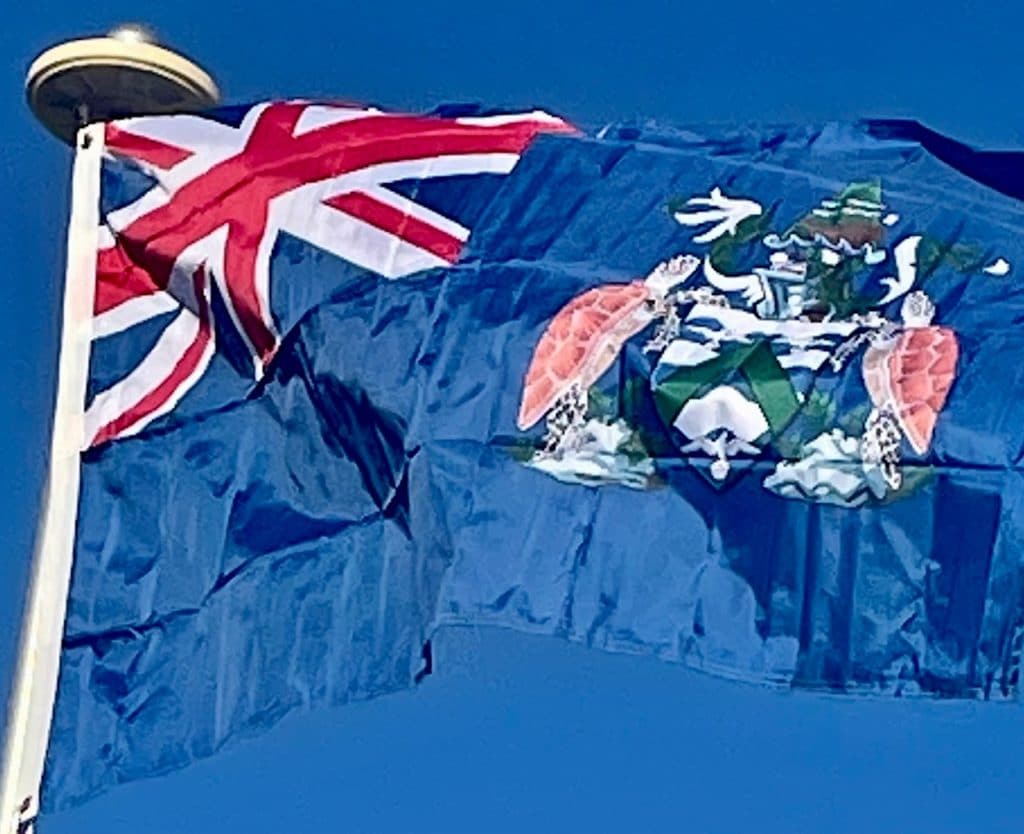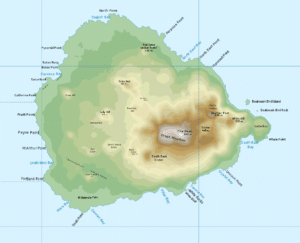

Ascension Island
As of 2004, it was reported that the Composite Signals Organisation, an arm of GCHQ, continued to operate a signals interception facility at Cat Hill on Ascension. As of 2007 NASA continued to list Ascension Island as a “downrange site” used for range safety instrumentation. In particular, the Post-Detect Telemetry System used to acquire launch vehicle telemetry includes a station on Ascension.
In 2008 British diplomats at the United Nations Commission on the Limits of the Continental Shelf (UN CLCS), requested sovereignty over 200,000 km2 (77,220 sq mi) of submarine territory around the island. This would enable exploration into new reserves of oil, gas and minerals, though none are thought to exist.
The 2009 Constitution order ended Ascension’s status as a dependency of St Helena and provided for one Governor of the combined Overseas Territory of St Helena, Ascension and Tristan da Cunha.
In 2016, the United States Department of Energy started operating a mobile climate research facility on the island. It is operated by the Atmospheric Radiation Measurement Climate Research Facility (ARM) near the South East Crater, south of the Green Mountain summit. The field campaign requires the mobile facility to be operational for about 17 months until October 2017.
The island hosts one of four dedicated ground antennas that assist in the operation of the Global Positioning System (GPS) navigation system (the others are on Diego Garcia (British Indian Ocean Territory), Kwajalein (Marshall Islands), and at Cape Canaveral, Florida (US)). NASA and the Air Force Research Laboratory operate a Meter-Class Autonomous Telescope (MCAT) on Ascension as part of the deep space surveillance system for tracking orbital debris, which can be a hazard to spacecraft and astronauts.
Geography:
The main island has an area of approximately 88 square kilometers (34 sq mi). A volcanic peak rising from 100 kilometers (62 mi) west of the Mid-Atlantic Ridge, much of the island is a wasteland of lava flows and cinder cones; forty-four distinct dormant craters have been identified.
Economy:

The main economic activity on the island is centered on the military bases at Wideawake Airfield, and the BBC World Service’s Atlantic Relay station. The Ministry of Defence estate and facilities are managed by the infrastructure support provider Interserve Defence. Serco runs the airport services and Sodexo provides catering and domestic facilities. A former feature of Ascension was a 70,000-tonne tanker permanently moored offshore that was operated by Maersk as a bulk fuel facility. In December 2002, this was replaced by an on-shore Petroleum Supply Depot under military management, with fuel still being delivered by a chartered tanker, Maersk Rapier, which operates on an MOD resupply contract for both Ascension and the Falkland Islands every two months. Fuel for the island is transferred via a floating hose, which is connected to the on-shore depot at the island’s pier head and to the ship at anchor.
The main export items are Ascension Island postage stamps, first issued in 1922, and, since 2010, commemorative coins (which are legal tender but non-circulating) and commercial fishing licenses for long-line tuna fishing vessels operating to ICCAT quotas.
